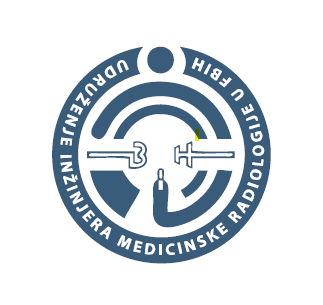Magnetic resonance imaging in the assessment of acute stroke
DOI:
https://doi.org/10.48026/issn.26373297.2021.12.1.2Keywords:
magnetic resonance imaging, acute stroke, computed tomography, diffusion, perfusion, recanalization therapyAbstract
Introduction: Stroke is the second leading underlying cause of death globally and the leading cause of disability in adults. Stroke diagnosis should be performed quickly and efficiently to eliminate other potential causes of neurological deficits and to assess the time since the onset of clinical symptoms. Computed tomography (CT) and magnetic resonance imaging (MRI) are essential methods of detecting and evaluating stroke type and treatment
options. Diffusion and perfusion MR imaging is recommended for early stroke diagnosis, as well as for the selection of patients for recanalization therapy, and is considered effective in assessing treatment outcomes. The objectives of this study were to demonstrate the diagnostic value of diffusion and perfusion imaging in the diagnosis of acute ischemic stroke, analyze the role of magnetic resonance imaging in the selection of patients with acute stroke for recanalization therapy, and assess the effect of acute stroke complicity.
Material and methods: The research is designed as a systematic review of the primary scientific research literature, which was published in English in relevant scientific databases (PubMed, Google Scholar, Medline) from 2014 to 2021.
Results: 14 scientific research papers were singled out and the general characteristics of the study were analyzed (country, authors, year of publication, title of the study, type of study, study objectives, research methods, results and conclusion). A quality assessment of the included studies with cohort design and randomized controlled studies was performed, and most belong to the category of high-quality studies with a smaller number of medium-quality studies. The overall percentage of detected AIS cases in isolated studies using the DWI and/or PWI sequence was 90.8%. At the same time, the outcome of recanalization therapy was assessed using MRI studies (the number of patients who developed adverse events with functional data outcome 30 or 90 days after the procedure was observed). Comparison of MRI and CT imaging protocols provided data on the total percentage of detected acute stroke cases using CT imaging protocols (68.9%) and MRI imaging protocols (88.5%), which is why MRI is considered a superior method.
Conclusion: Although CT is a suitable method for visualizing bleeding and also for early differentiation of hemorrhagic from ischemic stroke, if MRI imaging is available, it is recommended to use DWI, PWI, MRA sequences for a more accurate diagnosis of stroke in the acute phase.

Downloads
Published
How to Cite
Issue
Section
License
Copyright (c) 2021 Majda Handanović, Fuad Julardžija, Adnan Šehić, Amela Sofić, Merim Jusufbegović, Deniz Bulja

This work is licensed under a Creative Commons Attribution 4.0 International License.
Copyright & licensing:
This journal provides immediate open access to its content under the Creative Commons CC BY 4.0 license. Authors who publish with this journal retain all copyrights and agree to the terms of the above-mentioned CC license.



